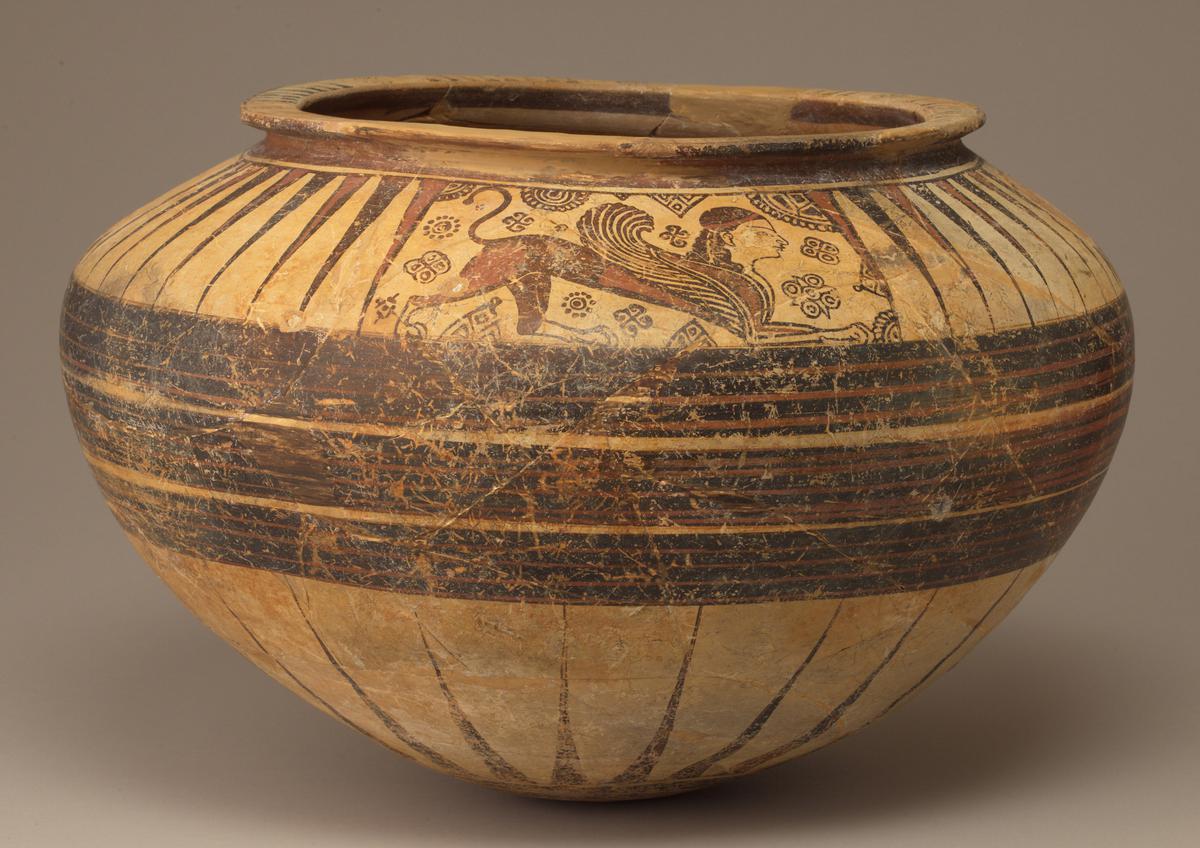A photo exhibition in Chennai’s Russian House captures the restoration process of priceless artefacts damaged during the Second World War
A photo exhibition in Chennai’s Russian House captures the restoration process of priceless artefacts damaged during the Second World War
When Renaissance sculptor Donatello’s legendary work, St John the Baptist, arrived at the Pushkin State Museum in Moscow, it was missing both feet, one arm and part of a cape. Many thought it was beyond repair. The sculpture had survived two separate instances of fire while in storage at a bunker in the Berlin suburbs in 1945, when the Second World War was nearing its end.
The museum found a plaster copy made before the war, which served as a reference to resurrect St John the Baptist.
That same bunker also held priceless artefacts that had been transported from what is now known as the Bode Museum in Berlin, to avoid damage during the war.
Months after the mishap, several of these fragments were sent to the Soviet Union by two trains. After mammoth efforts spanning decades, 750 museum objects were restored by 2010 at the Pushkin State Museum.
Now, a photo exhibit fittingly titled Twice Rescued attempts to capture this impressive restoration process, and has reached Chennai after many bouts of pandemic postponement.
At the Russian House, Chennai, 30 of these objects captured in frames line the exhibition hall. Though the exhibition which will be on till June 12, fails to give a display worthy of its contents, a visit opens a welcome portal into World War history.
Borodin Igor Viktorovich, head of the Pushkin State Museum’s department of conservation, says, “By preparing the photo exhibition Twice Rescued, we wanted to show that after nearly 77 years, museum staff, curators and art conservators have had to heal the wounds, the damage done to world-famous works of art.”
He continues, “We wanted to show not only the results of the work, but also to remind people of the fragility of the world around us.”

A Dinos depicting two sphinxes believed to have been made in East Greece of the early 6th Century BC
| Photo Credit: SPECIAL ARRANGEMENT
Take for instance, the leading photograph: a red-figure Amphora depicting the Theban hero, Actaeon’s death. The time that was dedicated to restoring this single artefact was more than 10 years. It was brought into the museum in 130 fragments. Conservators who worked on this object had to essentially put it together like a puzzle.
A Dinos (ancient Greek pottery — a mixing bowl or cauldron) depicting two sphinxes believed to have been made in East Greece of the early 6th Century BC; Giovanni’s sculpture Saint Jerome Penitent (1420 to 1491); a bronze bust of Giovanni himself believed to be made after 1508 — the series gives a glimpse into numerous classical pieces and their restoration processes.
Borodin gives us a scale of the project by taking us back to St John the Baptist.
“For several months, conservators of the Pushkin Museum not only reinforced the damaged areas of the piece, but also solved the complex engineering problem of how to store and exhibit it in an upright position. In addition, individual fragments of the sculpture had to be manufactured, to replace those lost. And the figure of St John the Baptist became the forerunner of the whole project.”
Stay connected with us on social media platform for instant update click here to join our Twitter, & Facebook
We are now on Telegram. Click here to join our channel (@TechiUpdate) and stay updated with the latest Technology headlines.
For all the latest Art-Culture News Click Here
